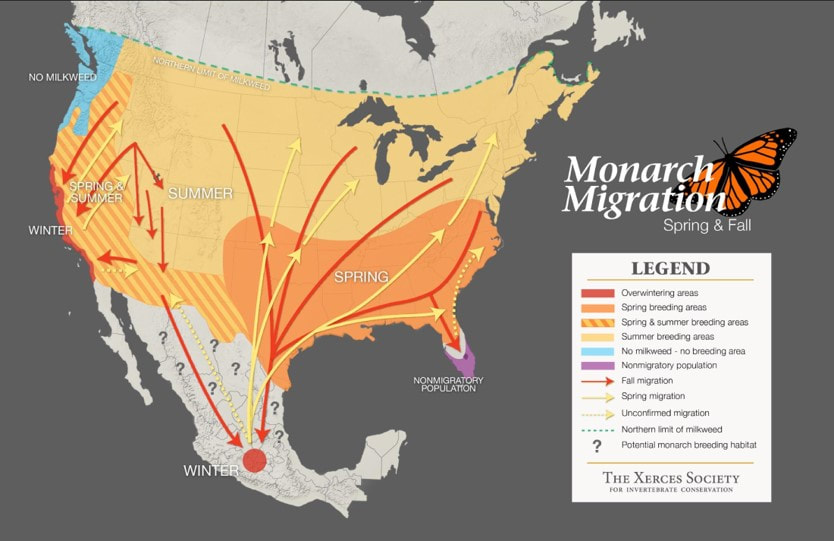Thousands of tourists travel to see this amazing sight each winter. It’s incredible to think that until fairly recently, only a few local villagers knew about it. But in 1975, a volunteer amateur naturalist and his wife were able to follow the monarchs' trail west from Mexico City, and the "Mountain of Monarchs" was discovered at last.
In recent years, there has been growing concern about deforestation in the monarchs’ winter home. The increase in intense weather events has also put stress on the area. And since monarchs rely on the cue of cooler weather for migratory orientation, some scientists fear that warming temperatures could cause monarchs to simply keep moving south—away from their natural habitat.
Author: Lisa Schneider
Photo: Xerces Society


 RSS Feed
RSS Feed